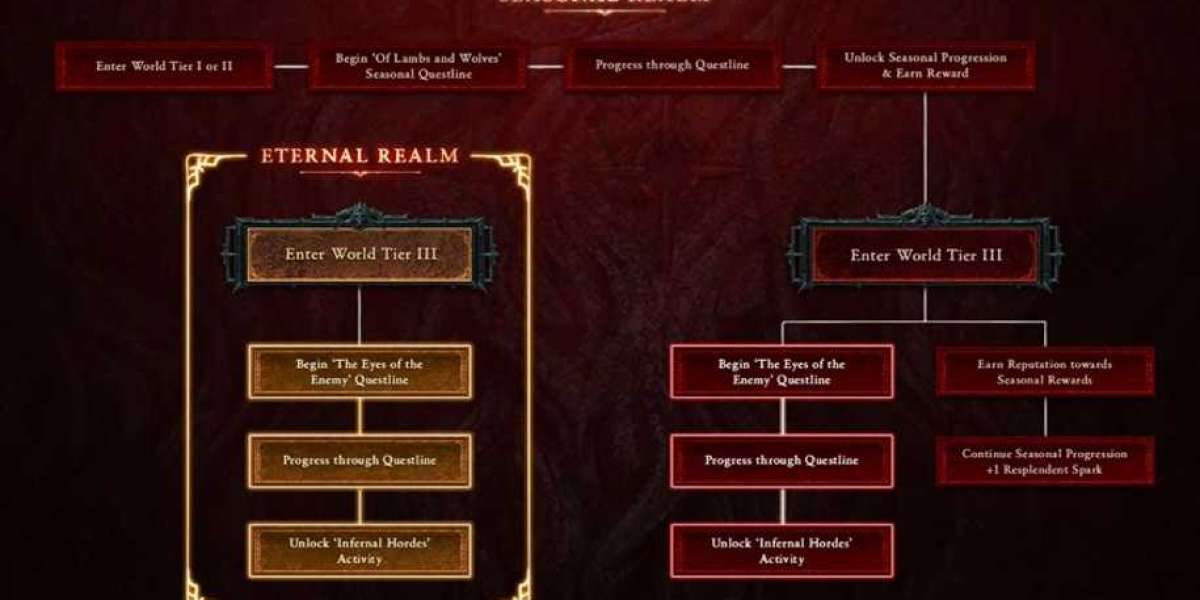Introduction: In the winter of 1966, an event of grand proportions took place in the sports world—the inaugural Super Bowl. Despite its humble beginnings, this iconic football championship game would go on to become one of the most celebrated and anticipated sporting events in history. On January 15, 1967, two titans of the football world, the Green Bay Packers and the Kansas City Chiefs, clashed on the field under the bright lights of the Los Angeles Memorial Coliseum, marking the birth of a grand tradition.
With the merging of the American Football League (AFL) and the National Football League (NFL) in 1966, a new era began in American professional football. Following the merging agreement, it was decided that the champions of each league would face off against each other for the ultimate crown—the Super Bowl title. Super Bowl I, also known as the AFL-NFL World Championship Game, became the stage for this unprecedented showdown.
The Green Bay Packers, led by their legendary head coach Vince Lombardi, had dominated the NFL with a remarkable 12-2 regular season record. Their talent-packed roster included notable names like quarterback Bart Starr and linebacker Ray Nitschke, making them a formidable force. On the other hand, the Kansas City Chiefs, representing the AFL, had finished the season with an impressive 11-3 record, led by their head coach Hank Stram and star players like quarterback Len Dawson and wide receiver Otis Taylor.
As anticipation built up amongst football fans across the nation, Super Bowl I kicked off amid a cacophony of cheers and excitement. The Packers swiftly took control of the game, showcasing their superior skills and experience. Quarterback Bart Starr orchestrated masterful drives, utilizing precision passes and powerful runs, while the Packers' defense efficiently shut down the Chiefs' offense. By halftime, the Packers had secured a comfortable 14-10 lead, leaving the Chiefs with much to ponder during the break.
Entering the second half, the Packers continued their commanding performance, leaving the Chiefs struggling to find a breakthrough. Len Dawson, the Chiefs' key playmaker, faced immense pressure from the Packers' relentless defense, limiting his opportunities to connect with his receivers. Meanwhile, the Packers' offense capitalized on their opponents' weaknesses, adding another touchdown to their tally.
As the final moments of the game drew nearer, and with the Packers maintaining a strong grip on their lead, Super Bowl I seemed destined to end in favor of the dominant NFL team. The final whistle blew, affirming the Green Bay Packers as the victors of Super Bowl I with a 35-10 triumph over the Kansas City Chiefs. Bart Starr, who completed 16 of 23 passes for 250 yards and two touchdowns, was deservedly named Most Valuable Player (MVP) of the game—a distinction that would further solidify his legacy as one of the greatest quarterbacks to play the game.
Super Bowl I left an indelible mark on the American sporting landscape. The game, which drew an attendance of over 61,000 spectators, served as a testament to football's unifying power and captivated the nation. It opened the floodgates for the tradition of Super Bowl Sunday, now regarded as an unofficial national holiday, where millions of fans gather around their televisions to witness the pinnacle of football excellence each year. Through its thrilling inaugural edition, Super Bowl I set in motion a legacy that would continue to captivate and inspire sports fans for decades to come.



